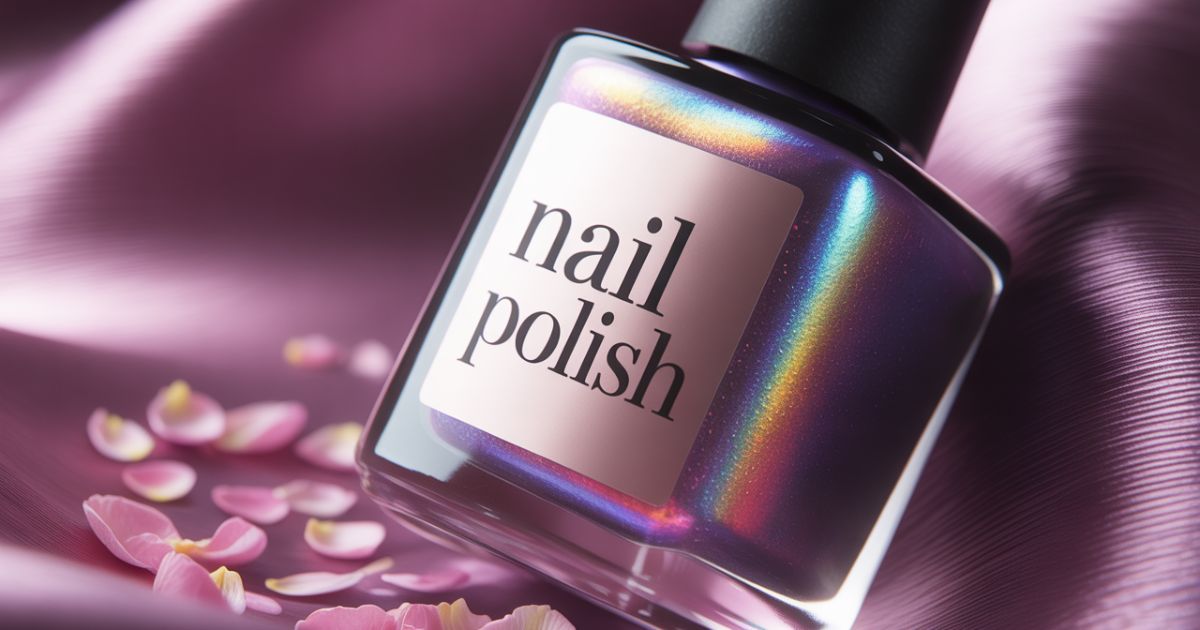How Ethical Is J.Crew? (2025 Update)
How Ethical Is J.Crew? has become a big question for today’s conscious shoppers. Once seen as a go-to mid-tier specialty retailer for wardrobe staples, J.Crew now faces growing scrutiny over its role in the fast fashion industry.
With customers demanding more transparency, issues like supply chain transparency, fair labor, and sustainable sourcing are under the spotlight. While the brand promotes eco-friendly programs such as its Re-Imagined line and selective use of organic cotton, critics argue these efforts may not go far enough. In this 2025 update, we’ll explore J.Crew’s environmental impact, labor practices, material sourcing, and how it compares to ethical alternatives.
What Does “Fast Fashion” Mean in Today’s World?
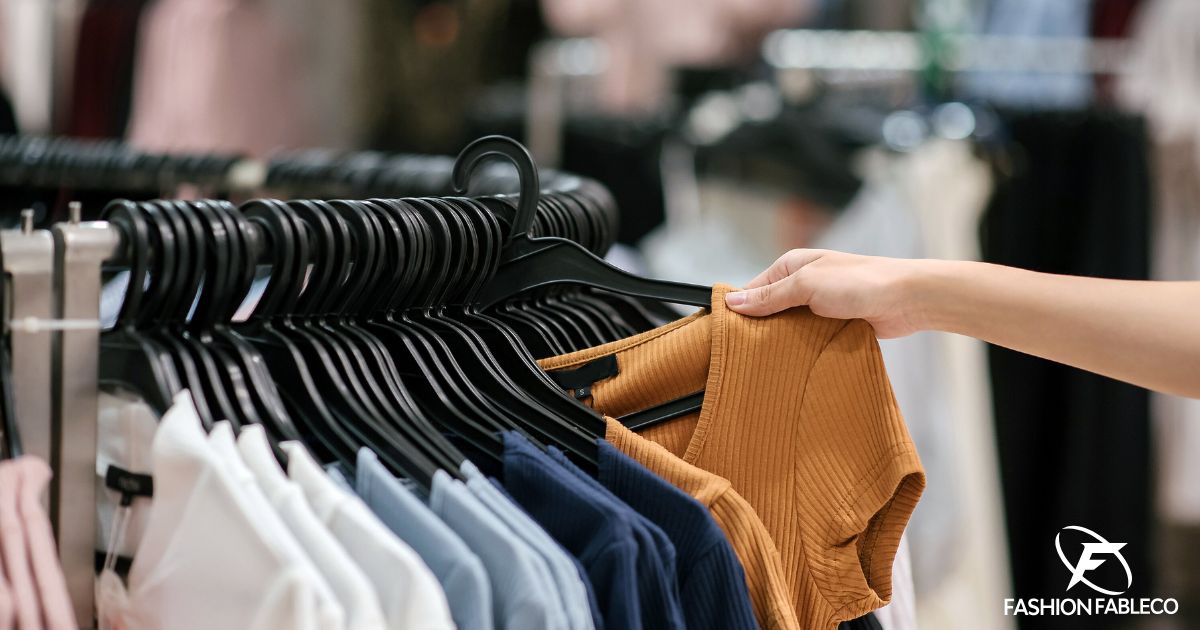
The term fast fashion once referred only to cheap, trendy clothing produced quickly to capture fleeting trends. Today, the definition is broader. It includes any brand with rapid trend turnover, reliance on petroleum-based fabrics, and limited supply chain transparency. The fast fashion industry contributes heavily to environmental degradation, textile waste, and greenhouse gas emissions.
Modern consumers now expect circular fashion models — where clothing is designed to last, reused through resale platforms and pre-owned clothing markets, and recycled via garment take-back programs. Companies like Patagonia Worn Wear and Eileen Fisher Renew have set the standard. But has J.Crew kept up with these evolving expectations?
Is J.Crew Considered Fast Fashion?
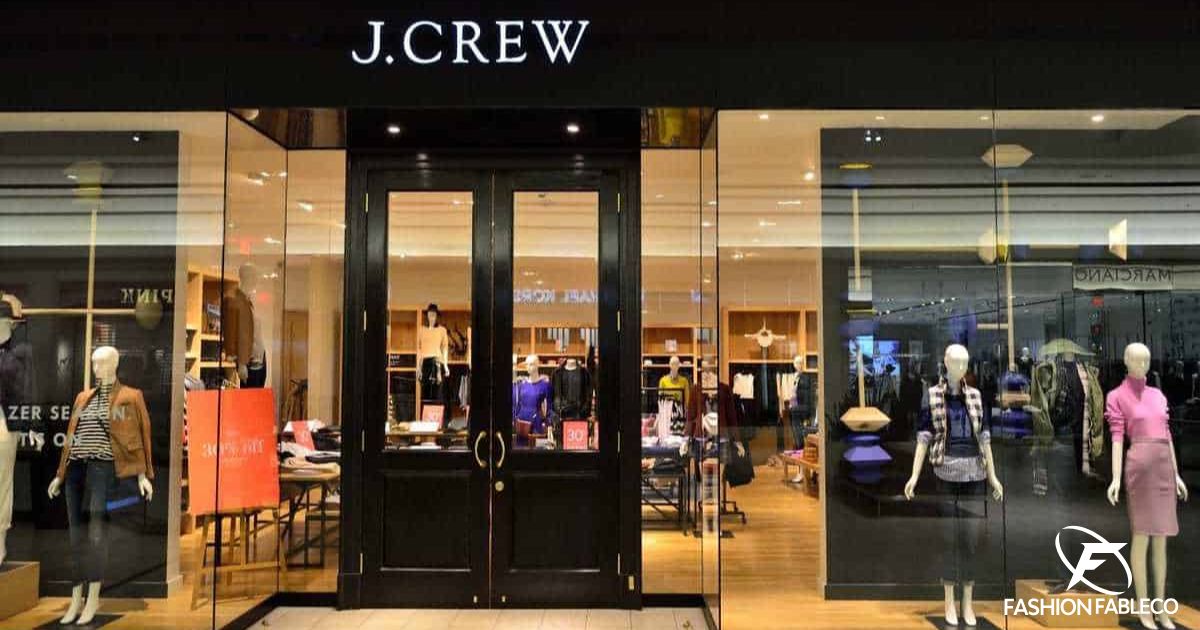
Many experts place J.Crew in the fast fashion industry, though it operates at a higher price point than Shein or Fashion Nova. The brand’s quick seasonal releases, seasonal collaborations, and reliance on overseas manufacturing resemble typical fast fashion patterns.
However, J.Crew has made attempts to shift toward sustainable alternatives. The J.Crew Always and Re-Imagined line promote organic cotton, recycled fabrics, and lower-impact dyes. But these collections still make up a fraction of the total product range, meaning most J.Crew items are not produced with small-batch manufacturing or eco-friendly options in mind.
J.Crew’s Environmental Impact
J.Crew’s carbon footprint, water consumption, and plastic packaging reduction efforts have been under scrutiny. According to recent data, the company has started tracking science-based reduction targets but hasn’t yet reached industry-leading results. Critics argue the brand must move faster to address environmental degradation.
In terms of landfill diversion, J.Crew lacks a formal garment take-back program, which limits its ability to reduce textile waste. While some natural fibers like cotton and wool are used, many items still rely on petroleum-based fabrics, which take decades to decompose.
Labor Practices and Worker Rights
Ethical fashion requires more than just eco-friendly materials — it also demands ethical manufacturing. J.Crew’s labor record shows mixed results. While some production occurs in Fair Trade Certified™ factories, many suppliers do not meet living wage standards.
There are ongoing concerns over labor conditions and worker rights within parts of its supply chain. Full supply chain transparency remains limited, with incomplete disclosures on where and how items are made. Without broader participation in third-party certifications like Global Organic Textile Standard (GOTS) or industry-wide ethical audits, it’s hard to verify improvements.
Animal Welfare and Material Sourcing
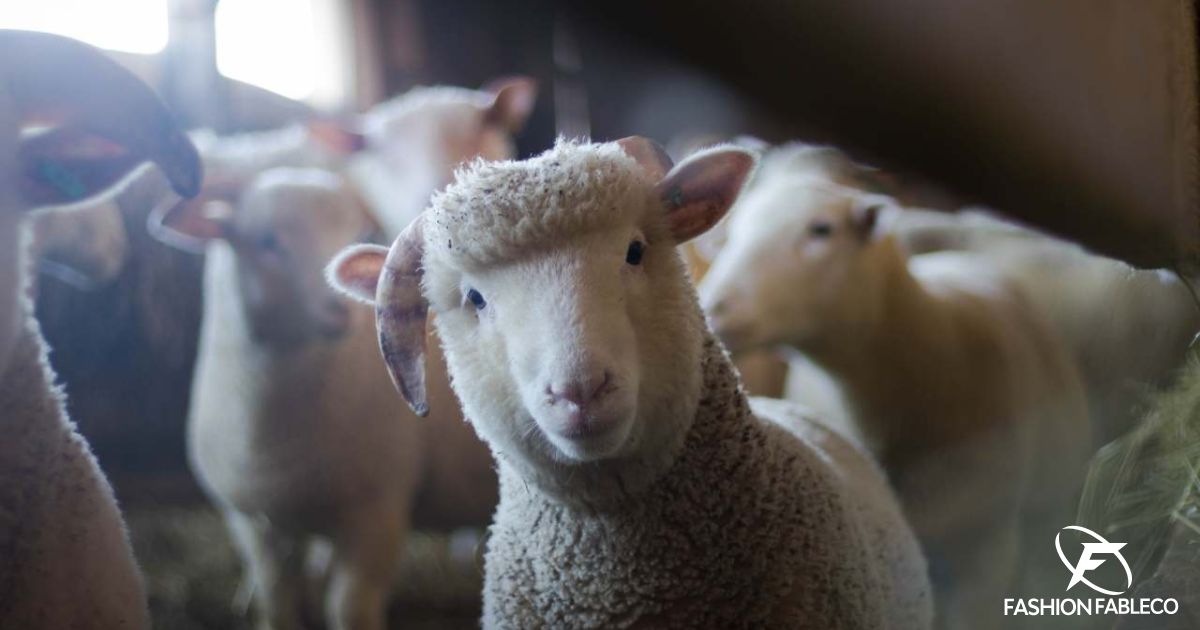
Animal-derived materials such as wool, leather, and cashmere are common in J.Crew’s wool coats and Italian blends. While the brand does not appear on major animal welfare blacklists, it has no robust, public policy on animal welfare standards.
J.Crew has increased use of Better Cotton Initiative materials and some organic cotton, but its sourcing policies for wool, leather, and down remain vague. Without clear commitments, it’s uncertain whether these materials come from suppliers following ethical and humane practices.
Sustainability Programs and Initiatives

In recent years, J.Crew has introduced the J.Crew Always and Re-Imagined line to highlight products made with organic cotton, recycled fabrics, and lower-impact dyes. These initiatives are a positive step toward sustainable alternatives.
However, compared to leaders in circular fashion, J.Crew lacks a strong resale platform or resale marketplace for secondhand J.Crew items. While some customers sell pre-owned clothing through third-party sites, the company itself has yet to fully embrace the resale economy like Everlane or Outerknown.
How J.Crew Compares to Other Popular Brands
Here’s a quick price point comparison and sustainability review of J.Crew versus other well-known brands:
| Brand | Price Point | Sustainability Efforts | Transparency |
| J.Crew | Mid-tier | Re-Imagined line, Better Cotton Initiative | Moderate |
| Everlane | Mid-tier | Strong focus on ethical manufacturing | High |
| Outerknown | Mid to high | Organic cotton, recycled fabrics | High |
| UNIQLO | Low to mid | Limited eco programs | Low |
| Zara | Mid-tier | Some eco collections | Moderate |
| H&M Conscious collection | Low to mid | Large but questioned eco line | Moderate |
While J.Crew fares better than ultra-fast fashion giants like Shein and Fashion Nova, it still lags behind sustainability leaders like Outerknown.
Is J.Crew Clothing Made to Last?

One area where J.Crew earns praise is durability. Many of its wardrobe staples and timeless essentials — like Ludlow blazers and wool coats — are made from quality natural fibers. With proper care, these pieces can last for years, making them versatile items worth the investment.
That said, not all products meet this standard. Some cheaper items, especially from J.Crew Factory, use lower-grade fabrics, contributing to textile waste and shortening lifespan. The difference between mainline J.Crew and J.Crew Factory is significant in terms of durability.
Ethical Alternatives to J.Crew
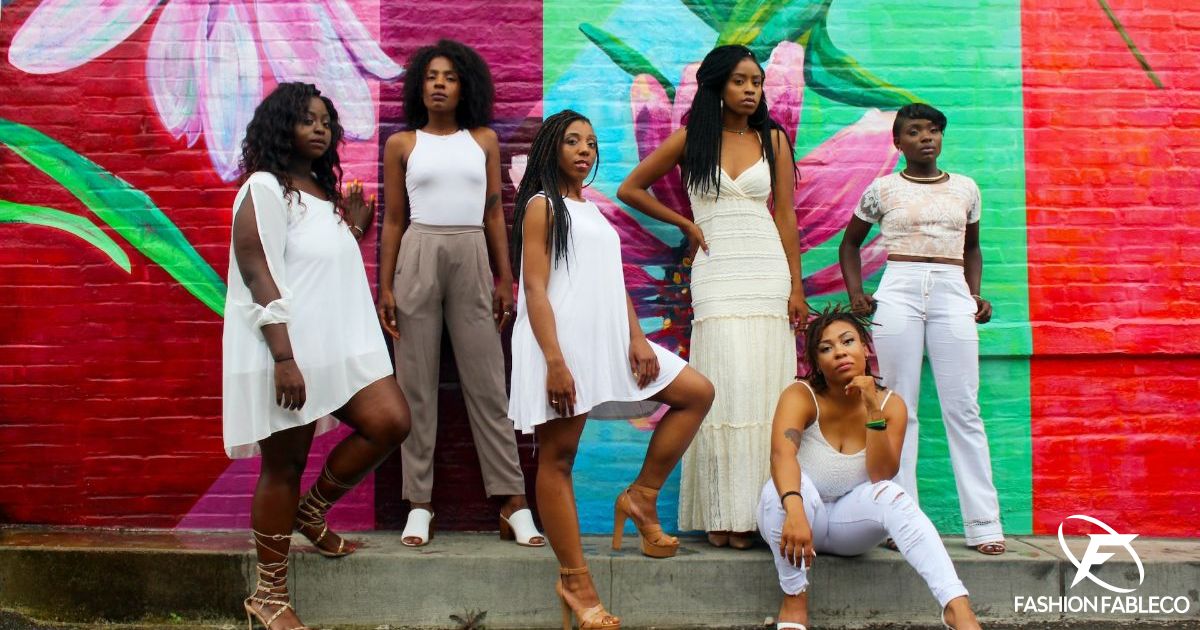
If you want similar styles but from more ethical brands, consider Everlane, Outerknown, Pact, and Nimble Made. These companies excel in small-batch manufacturing, ethical manufacturing, and use of sustainable alternatives like organic cotton and recycled fabrics.
Other great choices include brands active in circular fashion, like Patagonia Worn Wear and Eileen Fisher Renew, which offer pre-owned clothing and strong landfill diversion programs.
Final Verdict – Should You Shop at J.Crew?
J.Crew sits in a complicated spot within the fast fashion industry. It is not as harmful as ultra-fast fashion brands like Shein but also not a leader in sustainability. Progress is being made through the Re-Imagined line, organic cotton adoption, and some Fair Trade Certified™ factories, but more needs to be done.
For conscious shoppers, buying from J.Crew may be reasonable if you focus on higher-quality pieces, avoid petroleum-based fabrics, and explore secondhand J.Crew options through the resale marketplace. Still, for those seeking brands with full supply chain transparency and deep commitment to circular fashion, there are better choices.
FAQs
What brands are considered fast fashion?
Brands like Zara, Shein, H&M, and Fashion Nova are widely recognized as part of the fast fashion industry.
Who is the #1 company in fast fashion?
Inditex, the parent company of Zara, is often considered the largest and most influential fast fashion company globally.
Is Target considered fast fashion?
Target isn’t a traditional fast fashion brand but does sell affordable, trend-based clothing that follows similar quick-turnover cycles.
Is J.Crew a preppy brand?
Yes, J.Crew is known for its preppy style, offering wardrobe staples and timeless essentials.
Is J.Crew ethical and sustainable?
J.Crew has taken some sustainable steps but still faces criticism over its environmental and labor practices.
Meta Description
Discover if J.Crew is truly ethical in 2025. Explore its sustainability, labor practices, and impact in the fast fashion industry.
latest video
news via inbox
Nulla turp dis cursus. Integer liberos euismod pretium faucibua






